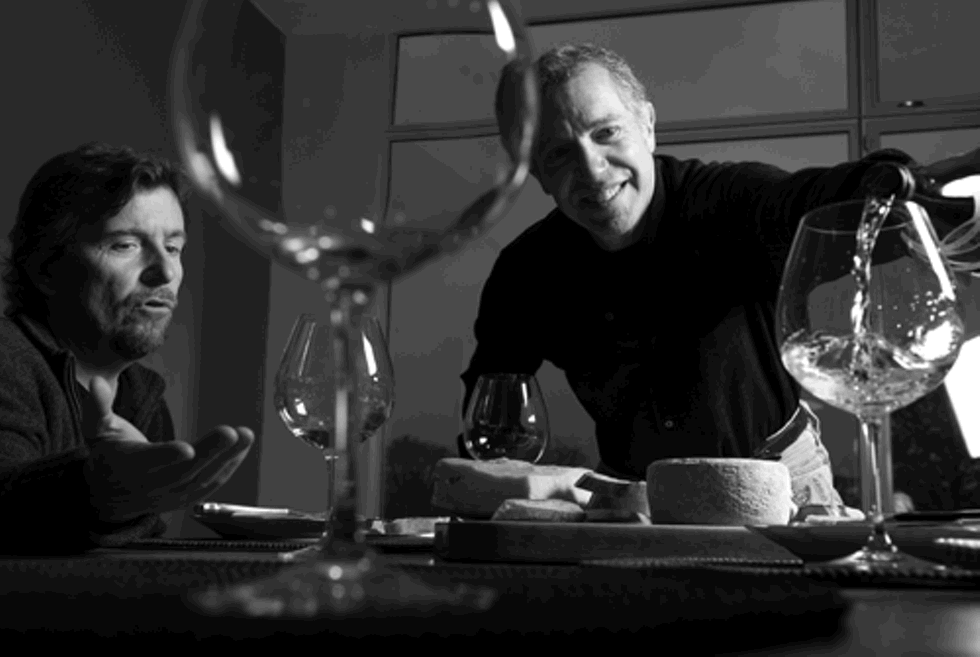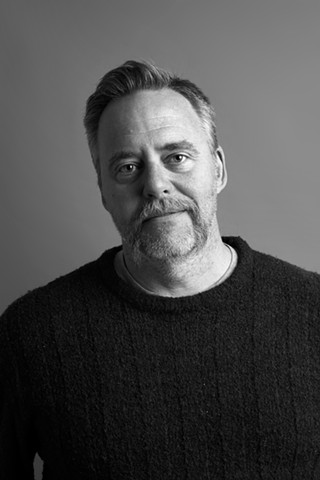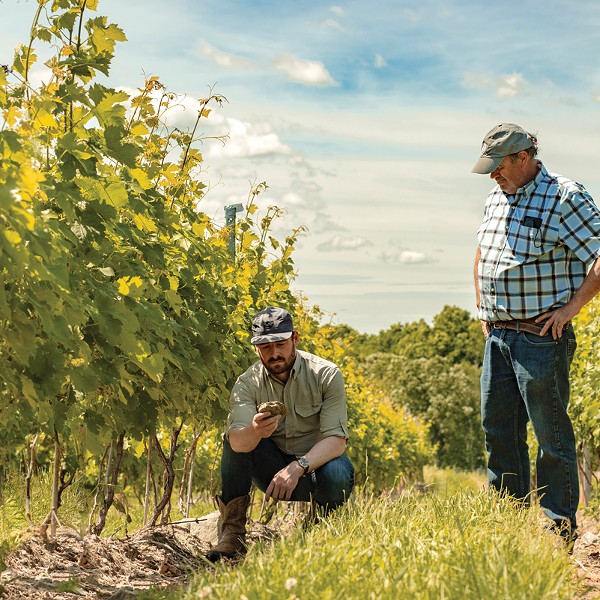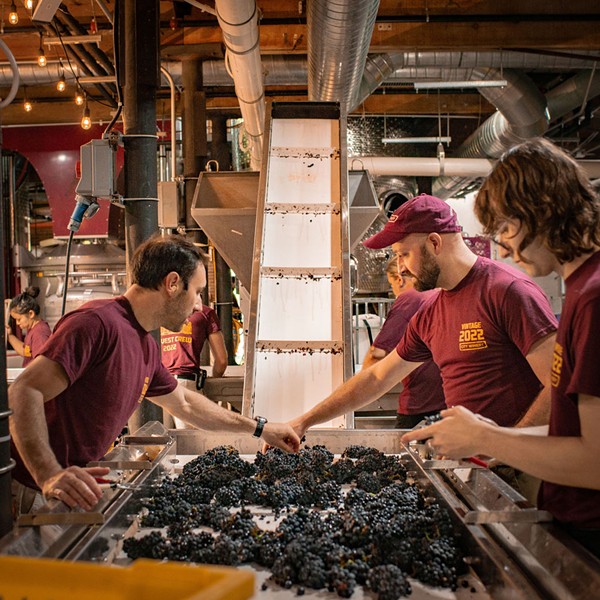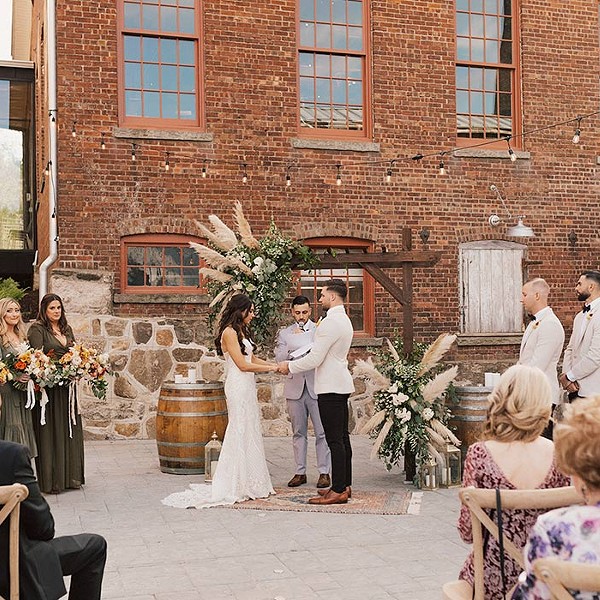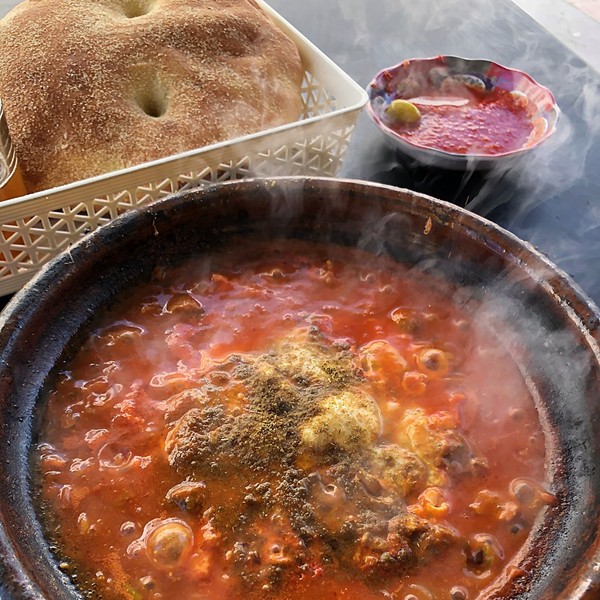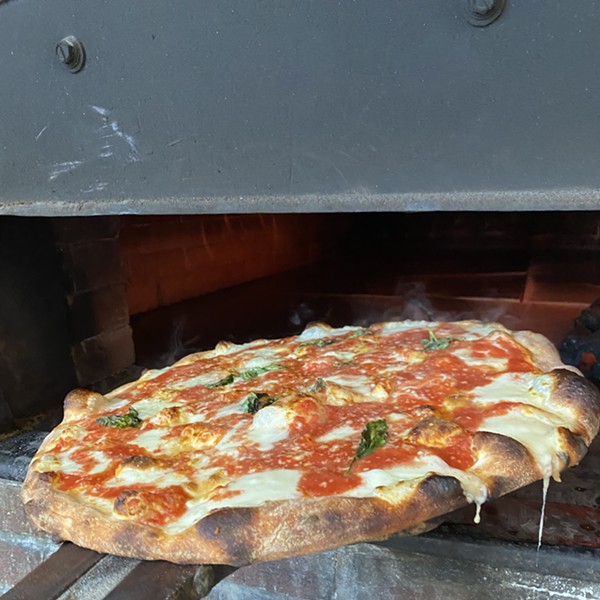In the opening montage of Mondovino, Jonathan Nossiter’s 2004 documentary chronicling the impact of globalization on the wine trade, Neal Rosenthal and two of his employees attempt to explain the concept of terroir. Framed by cases of wine stacked 20-feet high inside the sprawling Rosenthal Wine Merchant warehouse, one of the employees, J. P. Jean-Jacques, uses the example of fruit grown in his native Haiti. “In my country, you may have two different tastes from [the same] mango tree,” he says. “The side where the sun comes up in the morning tastes different from the side where the sun goes down.”
For most of us, even those of us who shop at health food stores, eat organic, buy local, and generally try to do the right thing when it comes to our taste buds, our health, and our stewardship of the planet, a mango is a mango is a mango. (It doesn’t help that mangoes are picked unripe and shipped in refrigerated trucks from Florida, Mexico, or beyond to markets across the US. The fact that mangoes from India might have a different flavor from those grown in the Philippines probably never occurs to us.)
According to wine importer Neal Rosenthal, in his recently published Reflections of a Wine Merchant (Farrar, Strauss, and Giroux), this simplified philosophy of equivalence is also guiding the global market for wine—an Australian Chardonnay is comparable to a Burgundian Chardonnay which is comparable to a Napa Valley Chardonnay—and destroying the natural expression of terroir in wine. “This is more than unfortunate; it is blasphemy,” Rosenthal writes. “Learning of chardonnay, pinot noir, syrah…is an exercise in botany.” Rosenthal goes on to explain terroir as “the concept that the particulars of a zone—the combination of soil, climate, grape type, and perhaps, human history—are responsible for producing very special characteristics that are unique to a quite specific spot.”
His zeal for wines that express their terroir led him to start his own importing business shortly after hanging out his shingle as a wine merchant on the Upper East Side of Manhattan in 1978. (In Reflections, Rosenthal describes his reason for opening a wine shop in unglamorous terms: “stagnating career as a lawyer…desperate attempt to maintain some semblance of financial stability.”) Not content with the wines being offered by the handful of importing companies then (as now) dominating the wine trade, Rosenthal set off to France in 1980 on his first buying trip, blindly knocking on doors and introducing himself to a number of skeptical Burgundian producers in the hopes of finding limited-production wines he could bring back to the US under his own imprint.
During a conversation at his 57-acre farmstead outside of Pine Plains in late May with myself and Ken McGuire, wine buyer for In Good Taste in New Paltz, Rosenthal explained that he suspected all along that wines superior to the standard-issue French imports existed. He had read Frank Schoonmaker’s classic Encyclopedia of Wine. “Nobody could write this beautifully about this stuff and have the wine be so average. I knew there had to be better stuff out there, and I was going to go and find it.”
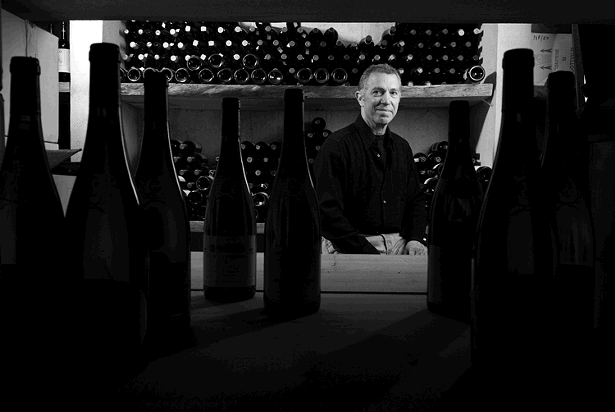
Rosenthal’s first trip to Europe is played mostly for farce in Reflections—a scheming Italian wine merchant, his libidinous 20-year-old son, and an Alfa Romeo figure prominently. He did find some “better stuff,” however, in the wines of Gaston Barthod. A taciturn Burgundian, Barthod invited Rosenthal into his cellar and then tested the fledgling importer’s palate. The quiz, which Rosenthal passed, concluded with a Chambolles-Charmes ’59, leading to a lyrical passage that underscores Rosenthal’s argument that point scoring—the system widely used in the wine media that simply assigns a numerical value to a wine—is descriptively and morally bankrupt. Rosenthal: “What could you possibly understand about a wine by reading a point score?” Point scoring, according to Rosenthal, feeds a tendency among vintners to create wines that please a very particular critical palate—thus ensuring a good point score and inflating the price, but eliminating the true expression of terroir; the very antithesis of Barthod’s Chambolles-Charmes ’59.
“As soon as the wine was poured, the royal stink of red Burgundy exhaled from the glass,” writes Rosenthal. “This is a multilayered aroma that can come from nowhere else on the planet....This smell, this physical presence that brings the near-tactile sense of the sun, the sweet pollen of pinot noir, the sap of the vine, the damp, leafy forest floor of the autumn season—it was all in the room that night.”
(Rosenthal has an uncanny ability to remember the name and taste profile of almost every wine he’s ever tasted, made clear to me in our conversation by his detailed recall of the more than dozen bottles of Opus One—a California Cabernet Sauvignon blend that sells for upwards of $150 a bottle—that he’s tried and intensely disliked, describing it as possessing “the odd quality of being under ripe and overripe at the same time.”)
Barthod became one of Rosenthal’s first suppliers—and mentors—until Barthod passed away a few years ago. Now Barthod’s daughter Ghislaine runs the business. Such is the nature of the age-old connection between family, land, and history in the greatest wine-producing regions like Burgundy. The Barthod family’s wines continue to be included in the portfolio of Rosenthal Wine Merchants, along with 90 other small producers in France and Italy who estate bottle their wines.
Only one New World producer is counted among the suppliers Rosenthal represents, Tulocay Winery in the Napa Valley, another early addition to his portfolio. When asked why he doesn’t carry more New World wines, Rosenthal explained that in his opinion, most of the wines produced in the US didn’t express their terroir correctly. He curtly dismissed the aspirations of the up-and-coming winemaking region of Washington State as an example: “They should be growing interesting apples in Washington State,” Rosenthal said, adding a less charitable comment about the wines of the Hudson Valley. “I don’t think this is a good area for making wine,” he said. “That may offend some people. It’s great apple country, but I don’t think you can make great wine here. Just because you can, doesn’t mean you should.”
The wine cellar underneath Rosenthal’s house is 30 feet long, 15 feet wide, and almost 10 feet high. Loose gravel covers a dirt floor. The barrel ceiling is made of wood, as are the thick, rough-cut shelves housing his personal stash of 20,000 bottles. The collection is drawn mostly from producers within the Rosenthal Wine Merchant portfolio, but there are other treasures here as well, including one small section devoted to the great Californian reds of the 1970s—I spotted a ’74 Mayacamas and a number of bottles of the legendary Heitz “Martha’s Vineyard”—an era Rosenthal considers the pinnacle of Napa and Sonoma’s greatness. The chill in the room is naturally constant year-round, a crisp temperature in the mid-‘50s. Also stored here are scores of jars of homemade tomato sauce, made from heirloom tomatoes that Rosenthal and his wife and business partner Kerry Madigan grow on their property. They jar 100 liters of tomato sauce at the end of each summer, enough Rosenthal says, “to guarantee we can eat our own tomato sauce twice a week all year.” In addition to tomatoes, Rosenthal and Madigan raise chickens and grow garlic, asparagus, melons, potatoes, and a dozen other vegetables. Rosenthal has been raising bees for the past few years as well, packaging the honey under the Mad Rose label and selling it through his website. Madigan refers to their efforts in the soil as “extreme gardening.”
Our visit with Neal Rosenthal concluded with a sit-down in his newly remodeled dining room, one wall thrown open to the rolling hills of the Shekomeko Valley by floor-to-ceiling windows. He served us a selection of cheeses from Rubiner’s in Great Barrington—the standout being a five-year-old Parmigiano-Reggiano studded with salty granules testifying to its age—and a bottle of the 1992 Pouilly Fuissé from the “Les Ménétières” vineyard of the Ferret family. The Ferrets have cultivated the same land in Burgundy since 1760. Madame Ferret, the family’s matriarch, who died shortly after the harvest of the ’92 grapes, has a chapter of Reflections devoted to her. To Rosenthal, Madame Ferret was the physical embodiment of terroir, and her ’92 Pouilly Fuissé is evidence of the fact. I tasted notes of honey, a crunchy nuttiness, and clean mineral tones. A heady aroma of mountain herbs swirled in the glass long after the wine was gone. This wine, more than 15 years old, possessed untold subtlety compared to the young, less expensive stuff I quaff on a regular basis.
After we all expressed our admiration for Madame Ferret’s alchemical skill in turning fruit into liquid gold, Rosenthal said, “I don’t serve this wine because I’m an elitist. This is about understanding that if you’re not exposed to what this can be, then you’ll never be able to hope to bring it into your life. It’s not a matter of spending a lot of money. It’s a matter of appreciating that maybe it is worth it to spend $50 on a bottle of wine, because this is what happens to it.”
Neal Rosenthal will be reading and signing copies of Reflections of a Wine Merchant at Hudson Wine Merchants on June 21, at 6pm; Oblong Books in Millerton on June 27, at 7:30pm; and at Oblong Books in Rhinebeck on June 28, at 7:30pm. For more information about Rosenthal Wine Merchant, visit www.madrose.com.







